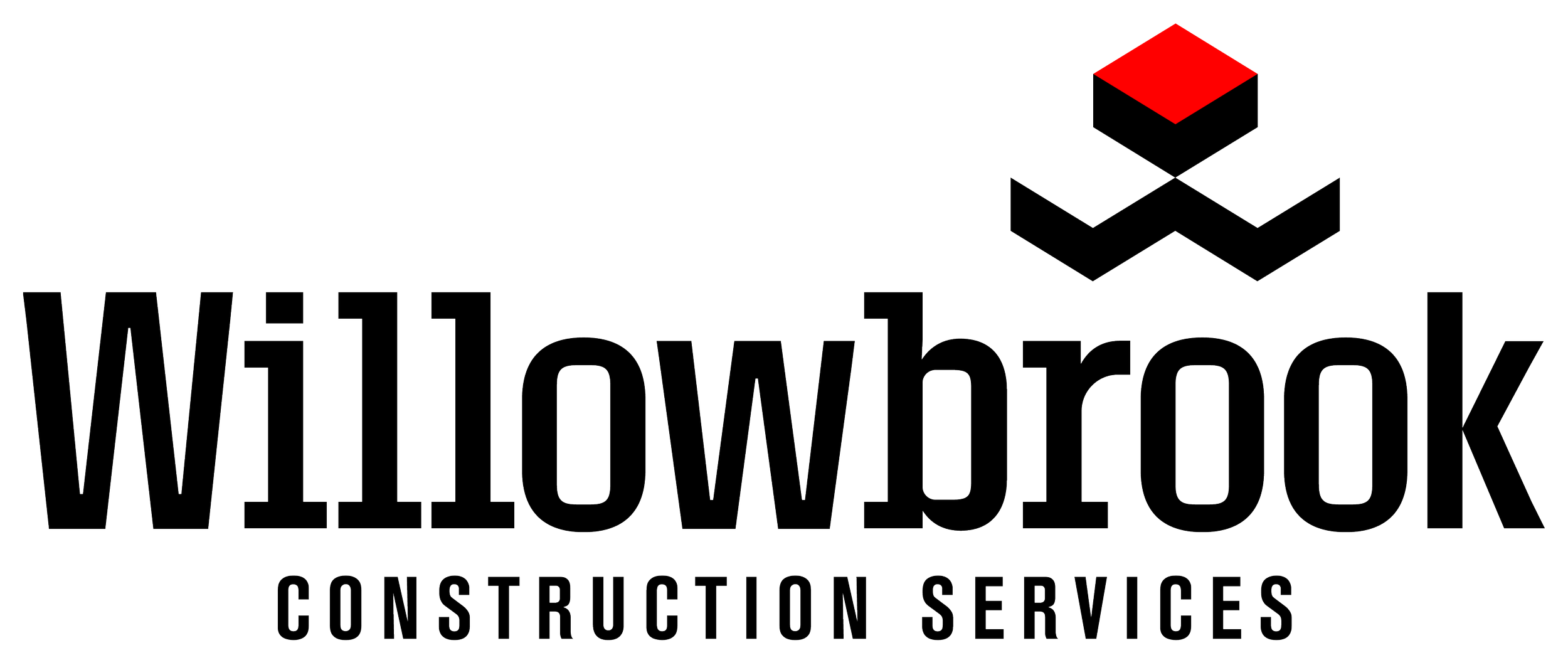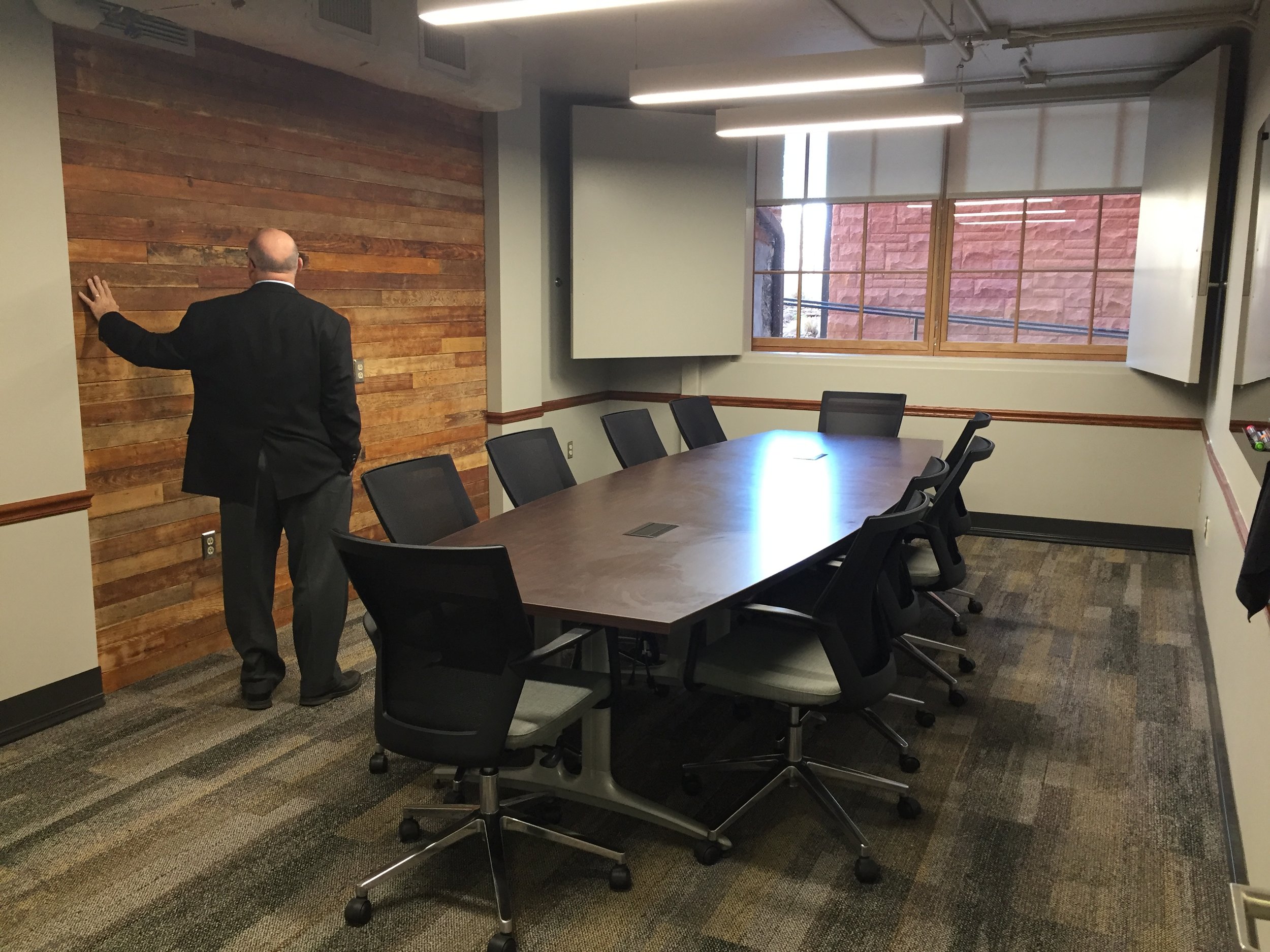Storm Safety 101: Shelters, Safe Rooms and New Technology
A storm shelter or safe room doesn’t have to be dark or hidden underground.
The majority of CMSWillowbrook’s projects include storm shelters or safe rooms. Industry trends have increased the value and appeal of these structures. We’ve even retrofitted 100-year-old buildings to include storm shelters.
New options like tornado shutters and tornadic glass allow natural light into areas of refuge without compromising safety. We have built boardrooms that transform into storm shelters using our expertise with cutting-edge technology.
Tornado shutters were installed in the University of Central Oklahoma's Old North building during renovations.
Multi-purpose spaces are also a popular choice for educational clients.
After an EF-3 tornado destroyed the Canadian Valley Technology Center, we rebuilt the facility, which added a new child development center with five multi-purpose tornado storm shelters. The design team used bright colors and strategically placed lighting to create visually appealing classrooms which double as shelters for up to 1,300 people when severe weather strikes.
Gymnasiums, cafeterias, music rooms and breakrooms can all serve as safe rooms or storm shelters, allowing schools to incorporate safety measures without losing valuable square footage.
Many of our clients understand the need for storm shelters and safe rooms, but they don’t know the key differences between them.
Storm shelter - A building constructed in accordance with ICC-500 for the purpose of providing safe refuge from storms that produce high winds. The structure must withstand wind speeds up to 250 mph, include protective walls, roofs and doors, and include provisions for emergency lighting, ventilation, communication equipment, first aid kits, and restroom facilities.
Safe room - The structure is designed and built the same as a storm shelter, but safe rooms require additional operational features, such as emergency management plans and designated personnel established for managing the safe room. The term ‘Safe Room’ is a FEMA designation and the building must comply with FEMA guidelines as well as the ICC-500.
Choosing between a storm shelter and a safe room depends on the client’s needs and must be assessed on a case-by-case basis.
For many of our clients, storm shelters offer the protection they need without having to manage the additional paperwork required to receive FEMA funding.
CMSWillowbrook’s team of experts can discuss the pros and cons of storm shelters and safe rooms depending on the type of project, budget and timeline for completion.
Cristy Callins is the vice president of pre-construction at CMSWillowbrook.

